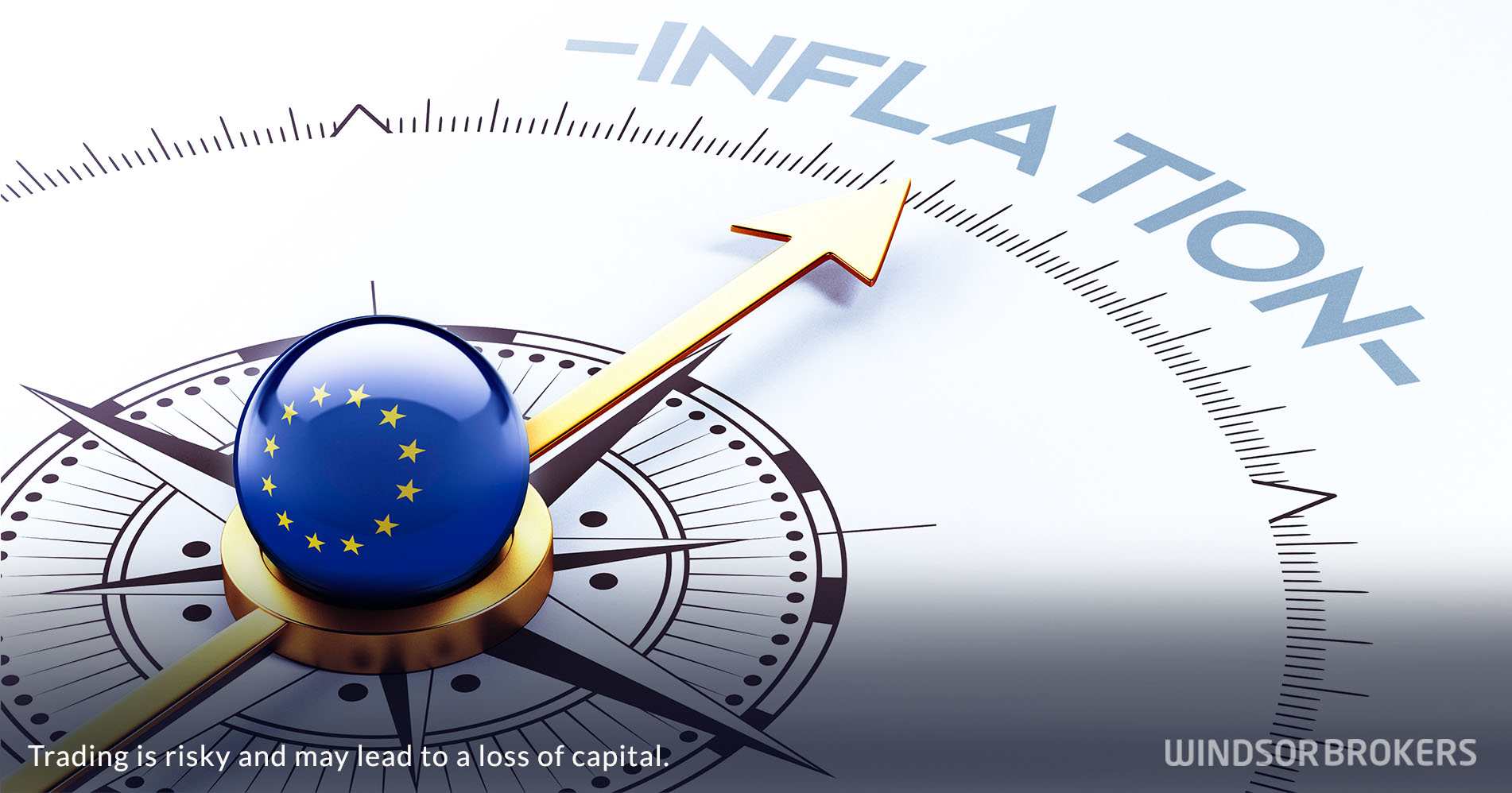Eurozone inflation eases below expectations in November
Consumer prices in the Eurozone eased to 10.0% in November from the record 10.6% previous month and surprised expectations for 10.4%, bringing a dash of optimism, though the outlook remains clouded.
Stronger than expected easing in price pressures revives hopes that the worst might be behind us, also adding to expectations that the Fed may pull the brake and opt for smaller rate hikes in December after recent two 75-basis points hikes.
Discouraging factors in form of still double-digit inflation, five times higher than ECB’s 2% target, keep overall picture negative, as rising food prices are expected to remain in an upward trajectory, while growing fears that energy prices will continue to rise further during the winter, add to negative signals.
Although the prices eased for the first time in over one year, November figure signals that inflation is getting entrenched that would make ECB’s main task in restoring the price stability, much more difficult.
The negative outlook was supported by high underlying inflation, as inflation excluding food and fuel costs rose to 6.6% from 6.4%, while even narrower measure, excluding alcohol and tobacco remained unchanged at 5% in November and key category which tracks inflation for processed food, alcohol and tobacco, rose to 13.6% from 12.4% previous month.
Many economists do not see today’s lower numbers as a game changer and partially disagree with expectations that inflation will start to ease through 2023 and eventually return to 2% target in 2024, as initial sparks of inflation – supply shortages in post-pandemic period, started to fade, but negative impact from uncontrolled printing of money and a massive sanctions on Russia, which were the main driver of inflation and expected to continue to boost price pressures in coming months.


